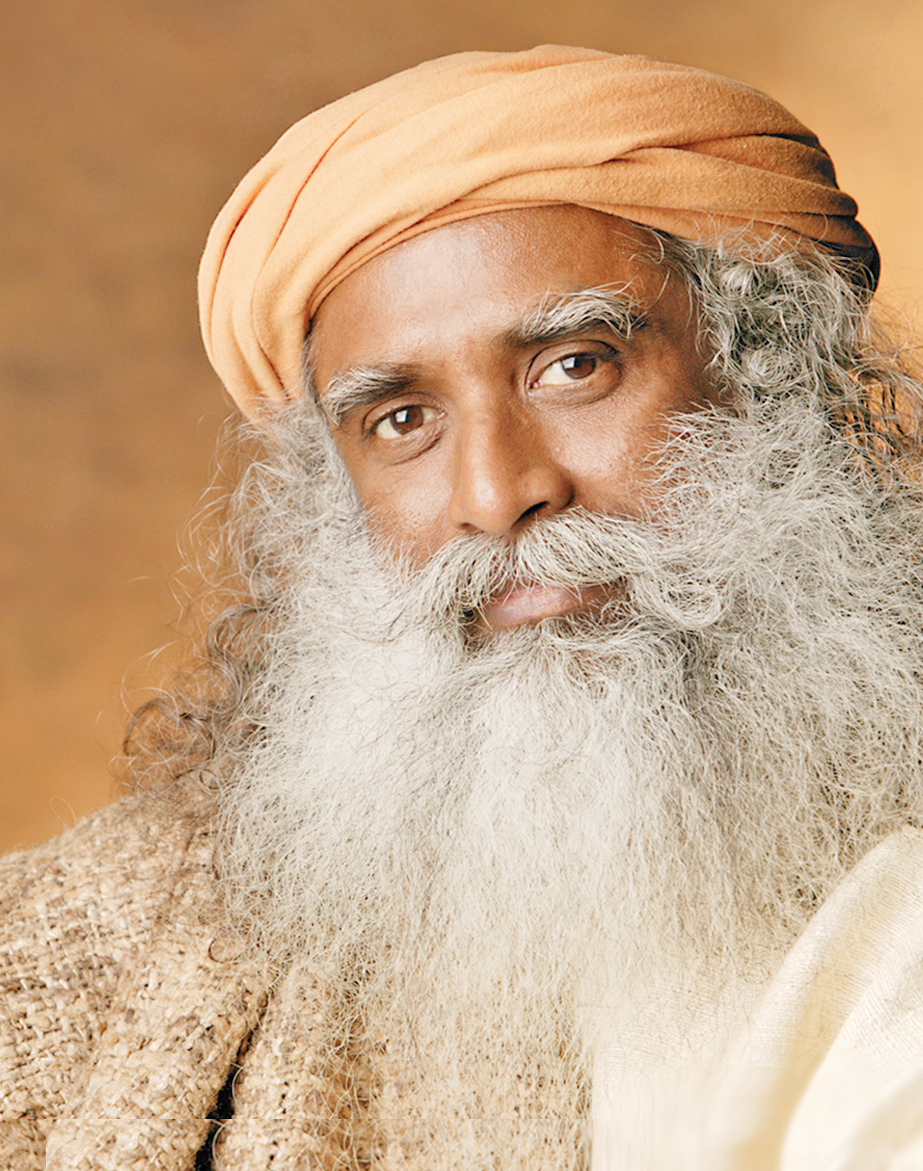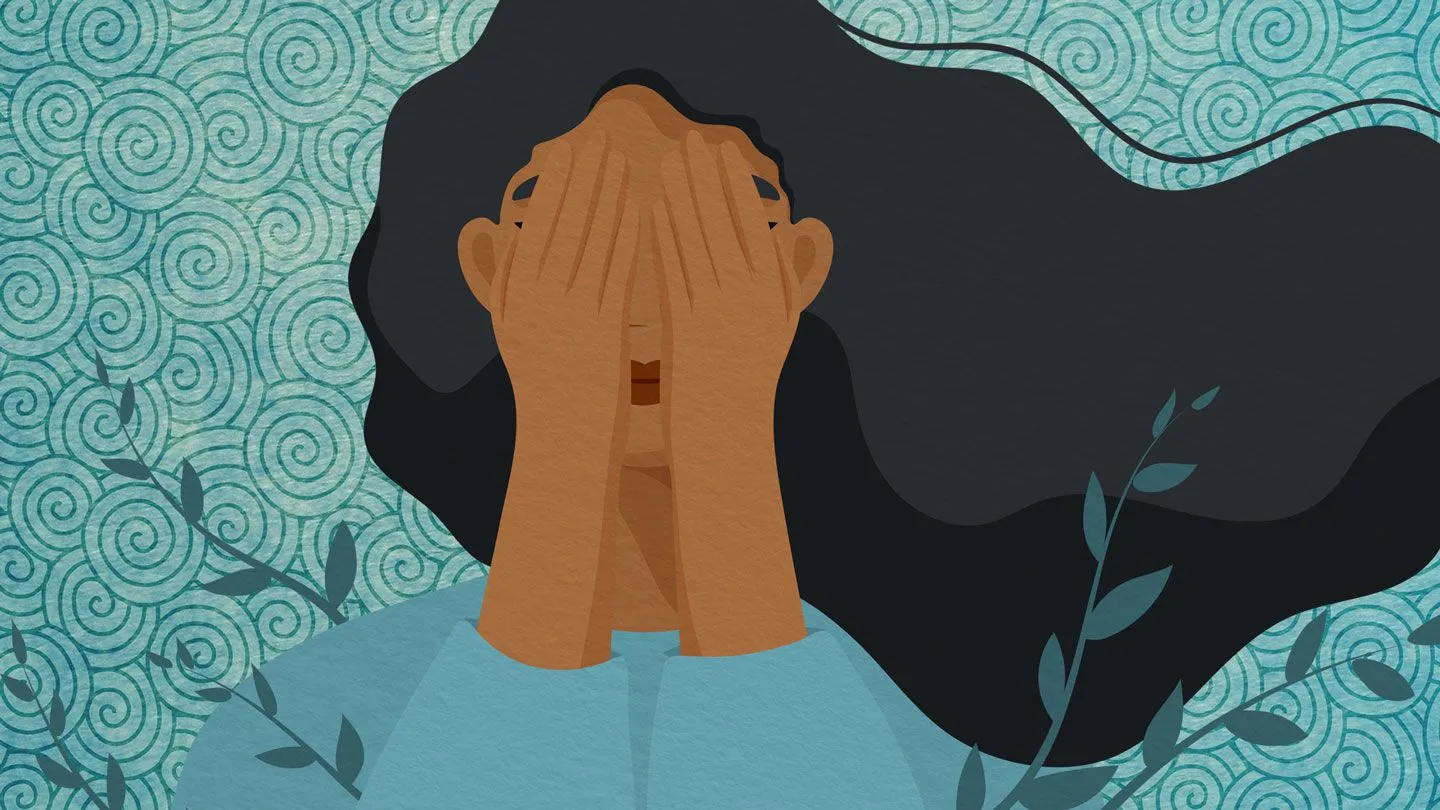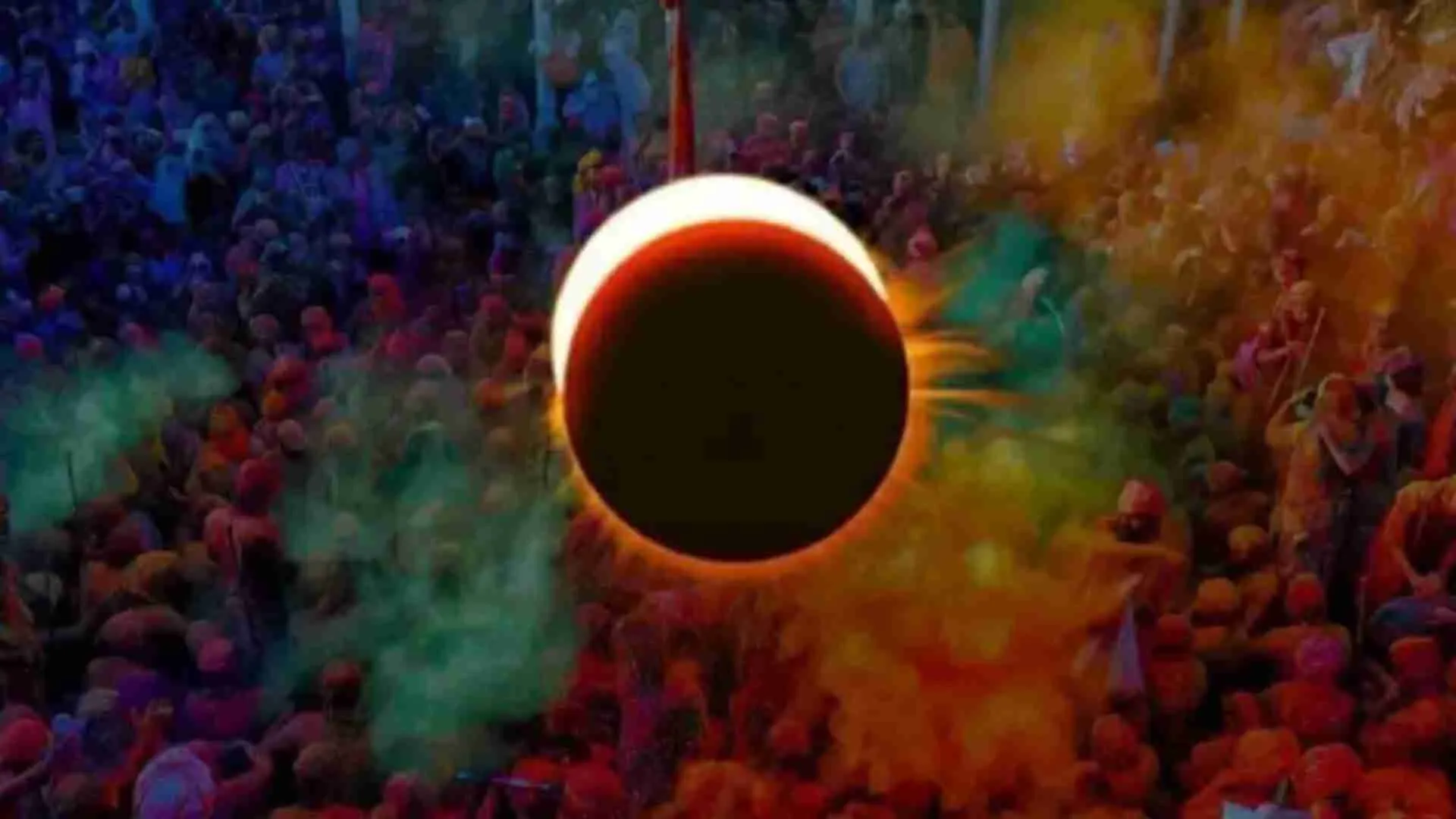Sadhguru
Investing in these three will make your life in a certain way. If you invest in tamas, you will be powerful in one way. If you invest in rajas, you will be powerful in a different way. If you invest in sattva, you will be powerful in a completely different way. But if you go beyond all this, it is no longer about power, it is about liberation. After Navratri, the tenth and final day is Vijayadashami – that means you have conquered all these three qualities. You did not give into any of them, you saw through every one of them. You participated in every one of them, but you did not invest in any one of them. You won over them. That is Vijayadashami, the day of victory. This brings home the message of how being in reverence and gratitude towards everything that matters in our lives leads to success and victory.
Dussehra – Devotion and Reverence
Of the many things that we are in touch with, of the many things that contribute in making and creating our lives, the most important devices that we employ in making a success of our lives are our own body and mind. Being in reverence towards the very earth that you walk upon, towards the air that you breathe, the water that you drink, the food that you eat, the people that you come in touch with and everything else that you use, including your body and mind, will lead us to a different possibility as to how we can live. Being in a state of reverence and devotion towards all these aspects is a way of ensuring success in every endeavor that we partake in.
Celebrate Dussehra with Joy & Love
Traditionally, in Indian culture, Dussehra was always full of dances, where the whole community mixed, met and mingled. But because of external influences and invasions over the past two hundred years, we have lost that today. Otherwise Dussehra was always very vibrant. Even now it is still so in many places, but it is being lost in the rest of the country. We have to bring it back. The Vijayadashami or Dussehra festival is of a tremendous cultural significance for all who live in this land – irrespective of their caste, creed or religion – and should be celebrated with gaiety and love. It is my wish and my blessings that all of you should celebrate Dussehra with total involvement, joy and love.
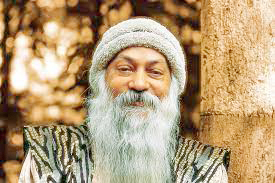
Osho
The concept of being either Rama or Ravana, with no in-between, holds a profound message about human nature and consciousness. Many people struggle with acknowledging that they are not Rama, the embodiment of virtuous qualities, as it can bruise their ego. On the other hand, they find it equally challenging to admit to being like Ravana, the embodiment of desire and attachment. So, they often choose a middle ground, stating, “I am neither Rama nor Ravana. I am somewhere in between, not enlightened, but not entirely ignorant.”This middle path can be a dangerous stance because it doesn’t allow individuals to understand their true nature. Instead, it’s better to confront the Ravana within, as there’s no harm in acknowledging this aspect of oneself. What makes it so difficult to admit to the Ravana in oneself? Take a closer look at what Ravana represents: an insatiable desire for wealth, an obsession with power and conquest, and an overwhelming lust for women. Reflect on these characteristics and consider how they may manifest in your own life.
Ravana’s relentless pursuit of women, regardless of their commitments to other men, reflects a common human tendency to desire what is beyond reach. You might find yourself attracted to individuals who are unavailable, which intensifies the allure. This is a characteristic of Ravana’s consciousness, a constant longing for what others possess. In contrast, Rama’s consciousness is content with what he has. He doesn’t seek excitement in novelty. When Rama loves Sita, he perceives the entire world in her. This love is eternal, unlike the transient nature of desires based solely on the senses. Ravana is also fixated on wealth. His city, Lanka, is known as the golden city. Yet, he continues to covet the riches of others. Rama’s Ayodhya may not be made of gold, but he has no interest in the wealth of other kingdoms. Consider your own disposition—are you constantly preoccupied with what others have, even if you possess abundance? Do you always seek the new and overlook what you already have?
People often wear multiple faces, like Ravana’s ten heads, to adapt to different situations and individuals. However, Rama remains authentic, showing his true inner self regardless of circumstances. To have one genuine face means to be authentic. Rama’s unwavering authenticity is his strength. In times of conflict, Ravana’s many false faces make it challenging to defeat him because cutting off one face merely leads to another taking its place. The key is to uncover his real face. Likewise, in our quest to connect with the divine, we must let go of our false faces and reveal our true selves. When visiting a temple, some may bow their heads, but their egos remain intact. This symbolic act, bowing the false face, carries no value. True spiritual growth requires the shedding of false faces, the dissolution of ego, and the unveiling of one’s authentic self.
In summary, the dichotomy between Rama and Ravana represents the contrasting facets of human consciousness. By recognizing the Ravana within and striving for authenticity, one can move closer to the qualities embodied by Rama, ultimately achieving a deeper understanding of the self and the path to spiritual enlightenment.

Sri Sri Ravi Shankar
Everywhere the idols of Ravana are being burnt. Ravana is symbolic of the ego. Ego does not have just one face; it has 10 faces (here representing the aspects or causes of ego). One who is egoistic thinks himself to be superior to others. When a person thinks too highly of himself, he stops caring about others. Such a person becomes insensitive and rigid. When a person loses his sensitivity, then the entire society has to suffer its ill-effects. One may become egoistic because of position or status, wealth, or talent. If nothing else, it may arise because of negativity and ill will. One who becomes full of negativity also behaves like an arrogant person. He loses awareness. So this creates different kinds of mental imbalance due to which a person becomes miserable and also spreads misery and trouble to all around him. Lord Rama is the symbol of Atma jnana (Self-knowledge); He represents the Soul. Lord Rama represents both – the Self and Self-knowledge. When Self-knowledge (Lord Rama) dawns within a person, then the Ravana within (meaning ego and all negativity) gets destroyed completely. Ravana can only be destroyed and overcome by the Ram-baan (an arrow named after Lord Rama, meaning an arrow that never misses its mark). It means that only by Self-knowledge can one gain victory over all kinds of negativity and distortions of the mind. How can one gain access to Self-knowledge? One can kindle Self-knowledge by Vishrama – that is by going into deep rest, and quieting the mind. It is said, “Vishrama mein Ram” (Lord Rama can be experienced only in deep rest when one reposes in the Self).All the distortions and disturbances we see in society today are because of a lack of Self-knowledge and spirituality. Today one does not give deep thought on questions such as ‘Who am I?’, ‘What is my true purpose in life?’, and ‘What do I really need in life?’The moment these questions arise in a person’s mind, that very moment all misery and negative tendencies disappear in life. Both men and women should be treated equally in all respects. You all must have seen that whenever the yajnas (sacred fire sacrifice) were being performed during the Pujas, the lady of the house also participates during the Purnahuti (the final or great offering to the holy fire marking the end of a Yajna ritual). All the Ahutis (offerings) that were offered during a Yajna necessarily need to be done by a married couple, and in that too the wife stands first before the husband as the offering is made. The custom that is followed is that – along with the husband, the wife must necessarily touch the final offering with her hands as it is offered into the fire, otherwise the Vedic pundits and priests do not consider the Purnahuti as complete and having reached the Deities. This has been the tradition of these rituals since the ages – they observe and give equal importance to women in every way.
Unfortunately today, this tradition and practice has been forgotten; or in many places has been confined to the pages of holy scriptures only. In society today, women are not getting the equal share of rights that they truly deserve. See, equal rights does not mean that a lady should give up her share of duties or responsibilities in the house and the family; or dictate unfair terms to the husband. She should not suddenly say to the husband “From now on, you will do the dishes and not me!” One must do what one needs to do. You must attend to your duties and responsibilities. So women too should continue doing what they are doing (in the family household), but at the same time, they should be treated equally and fairly in all aspects. This is the need of the hour.
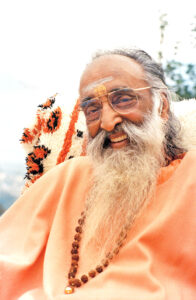
P53
Swami Chinmayananda
Man’s real nature is Absolute Bliss and Knowledge. He tries to reach this state with the help of his mind and intellect. But the mind constantly gravitates to the sense objects for sensual pleasures from the external world. By such extroverted pursuits man gets involved more and more in the world of objects and accumulates desires which veil the divinity in him.
Man is thus in a helpless condition consumed by numerous desires. The ancient masters knew that he has to turn his attention inwards to gain the state of Absolute Bliss and Knowledge which he foolishly seeks in the external world. With this view of mind, they introduced various rituals and festivals throughout the year to remind man of his supreme goal and ideal. And Dussehra and Vijayadashami are prominent among them.
The great day of Dasara indicates, as the word suggests, Dasa-Papa-Hara or the end of the ten sins. The ten sins are attributed to the ten sense organs through which the mind contacts and gains knowledge of the phenomenal world, and also reacts to the stimuli received from the world of objects. Therefore the idea is that on this sacred day of Vijayadashami or Dasara the ten sins are ended which signifies the end of the mind and therefore the end of the world of plurality when one becomes rooted in the transcendental experience.

